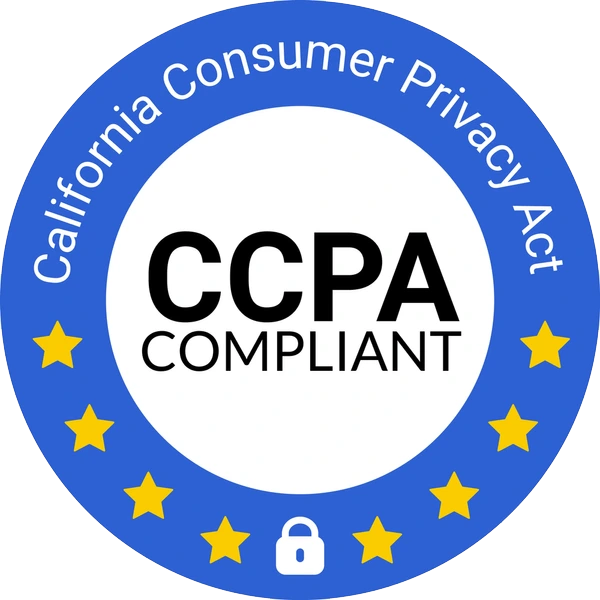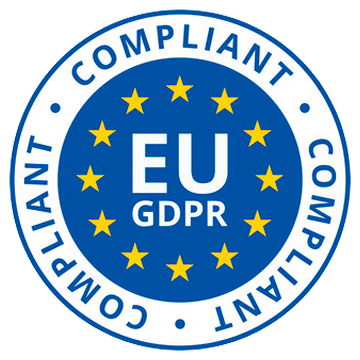For most businesses, sharing important, sensitive and confidential digital documents is becoming a vital part of everyday business. With remote working on the rise and B2B buying becoming increasingly internet-focused, the ability to quickly and easily exchange files is vital for collaboration, productivity and efficiency.
However, most organisations are not populated by extremely tech savvy workers. The average employee is not trained in cybersecurity, and while online file sharing has become incredibly accessible, it presents far greater risks than most of us realise. Let’s consider some stats: on average, business documents are shared with 826 domains – including both corporate and personal domains. 16.2% of all of these documents contain sensitive or confidential material – including 9.2% of those shared externally.
Clearly, these risks are heightened further for teams working in areas where sensitive information is widespread, such as Biotech or Mergers and Acquisitions. Not only are there practical risks to accidentally leaking classified or sensitive data – there are legal, reputational and business consequences, too.
Fortunately, modern document sharing services are providing increasingly intuitive and easy-to-use security measures. In this article, we’re going to look at five factors to help safeguard your company against file sharing risks.
But first, let’s look a little more in-depth at the risks.
The risks of document sharing
1. Sensitive data leaks
The primary risk for most organisations is the accidental sharing of sensitive data with unauthorised third-parties. This can occur for a number of reasons: from hacking to simply sharing a link with the wrong email account.
Once data is leaked, it is usually extremely difficult to track how far the leak goes. And depending on the nature of the sensitive information, it could result in sales being lost, your organization’s reputation being harmed or even legal action from the damaged party.
2. Phishing and other scams
Phishing is a method of trying to gather information using deceptive email techniques. There are a variety of scams around that target file sharing services in order to extract money or information from the company.
Usually, this is relatively transparent – a text message from the IRS or an email from ‘The Government’. But all it takes is a single slip from a single employee to cause a great deal of financial and legal trouble.
3. Viruses and malware
Downloading and sharing documents regularly – especially without properly vetting the source – increases the risk of accidentally downloading a virus.
This can be both time consuming, damaging to your tech and potentially costly. And while most organisations have strong anti-virus protection and tech at hand to put out any fires, any kind of viral threat is still highly disruptive and unwelcome.
Three steps to share documents with confidence
1. Increase employee awareness
The first step in increasing your team’s document and file sharing security is simply educating your employees. This will demonstrate that security is an important priority and should be taken seriously. 35% of security breaches are caused by the ‘human factor’ – that is, by human error. So ensuring your employees understand the risks, how to mitigate them and how to respond if something bad happens is vital. It’s also vital that employees are aware of the different types of information, and how it is classified.
2. Develop internal processes
The next step is to develop robust internal processes. This should include where, when and how documents are shared, as well as security measures and response protocols.
While a clear process will help improve security, it also presents a great opportunity to streamline workflows and improve the interoperability of your teams. And once the process is established, it will help enormously with employee education, ensuring confidential and sensitive documents are shared more securely in the future.
If you’re new to signing documents online, choosing the right digital signature provider and learning how to create electronic signatures effectively will greatly improve your end to end digital sales process.
3. Choose the right provider
Finally, you will need to choose a document or file sharing platform. While, there are several big players which organisations tend to assume are better by virtue of their popularity, it is worth seriously considering alternatives that offer extra specialised features and more up-to-date security and viewer identification features.
Consumer-grade platforms are fine for private and secure file sharing, but for organisations handling corporate documents and sensitive information, business-grade is the only reasonable option. It’s also important to remember that factors which are not directly related to security – such as visibility and the ease of storage – will ultimately impact how your people interact with the platform – and therefore how secure your organisation ends up being.
Sizle offers free secure document sharing tools to help improve your workflow, and help your team share documents and files securely with confidence.



